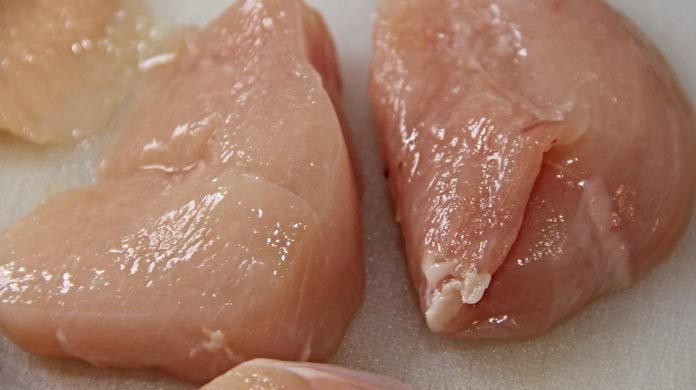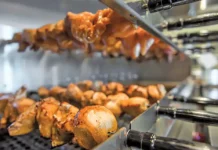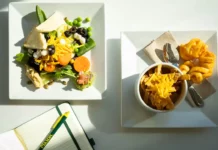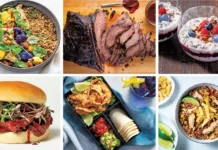
A restaurant chain experiences an E.coli outbreak resulting in the temporary closure of multiple sites. A restaurant food supplier reports a contamination of its product. Malicious tampering of a restaurant’s food threatens to cause a reputational disaster. These are just a few examples of the unique exposures restaurants and other types of hospitality entities face when it comes to food-borne illnesses and contamination.
The Centers for Disease Control & Prevention (CDC) estimates that each year roughly 1 in 6 Americans become sick from consuming foods or drinks with contamination of harmful bacteria, viruses or parasites.
The most important responsibility of a restaurant owner/manager is to keep the food you serve safe and fresh for your patrons. However, if a restaurant falls victim to a food-borne illness, the patrons aren’t the only ones at risk. The financial and social impact of a food borne-illness outbreak can greatly damage your bottom line, reputation and even result in the closure of your operation.
Prevention Best Practices:
If your restaurant is part of a chain or group, it is difficult to control every aspect of food handling across all locations; however, there should be a protocol established with best practices for risk management and proactive safety procedures, coupled with adequate training, to make sure that each manager/owner is following the proper instructions to handle food appropriately.
The use of food safety practices by the entire organization minimizes the chance of a food-borne illness outbreak. To manage the risk of food-borne illness, you must implement policies that focus on good health and hygiene practices and ways to maintain the viability of the business. Every food establishment uses, processes, and sells food differently. However, the general issues and key principles of food safety remain the same.
All food safety training programs should contain these three main factors:
- Personal Hygiene for Food Professionals
- Time & Temperature Control
- Cross-contamination Prevention
Here are some ways you can make sure your food safety plan will be effective:
- Establish clear, actionable goals for the safety of the customer and the health and productivity of your business.
- Ensure consistent support throughout your company for the plan, starting with senior management.
- Have a formal crisis management and communication plan that establishes clear roles and responsibilities, and addresses potential product recall events.
- Educate employees on the steps to be taken in a crisis situation.
Financial Impact/Insurance Coverage:
Food-borne illness claims are among the greatest financial risks facing the food industry. Against this backdrop, restaurants also have to contend with the negative publicity and inevitable fallout from such an event. As many recent events have shown, this publicity can exacerbate an issue and cause real problems for restaurant owners as the public turns its back on a company and chooses not to buy their products.
Restaurant contamination insurance protects restaurants from the financial consequences of a food-borne illness, providing coverage for a range of related costs such as loss of revenue and cleanup costs following an outbreak. And, because it’s not just lost revenue from reduced customers at stake, a comprehensive policy also works hard to help protect and restore a restaurant’s reputation.
Once triggered, a restaurant contamination insurance policy will provide coverage for the following losses:
- Pre-Incident Expenses
- Business Interruption
- Employee Expense
- Extortion Cost
- Brand Rehabilitation
- Recall Costs
- Consultant Costs
- Disease Outbreak Clean-Up Costs
- Lost Royalty Income
The cost of proper insurance coverage is insignificant in comparison to the coverage and protection your restaurant will receive in the event of a publicized food-borne illness incident. Restaurant contamination insurance offers a broad array of options and it can prove to be a perfect supplement for preparation and foresight in confronting a crisis. You should consult with your insurance advisor to make sure you’re properly covered and have the right crisis management plan in place.
For more information on HUB, please visit www.hubinternational.com.























